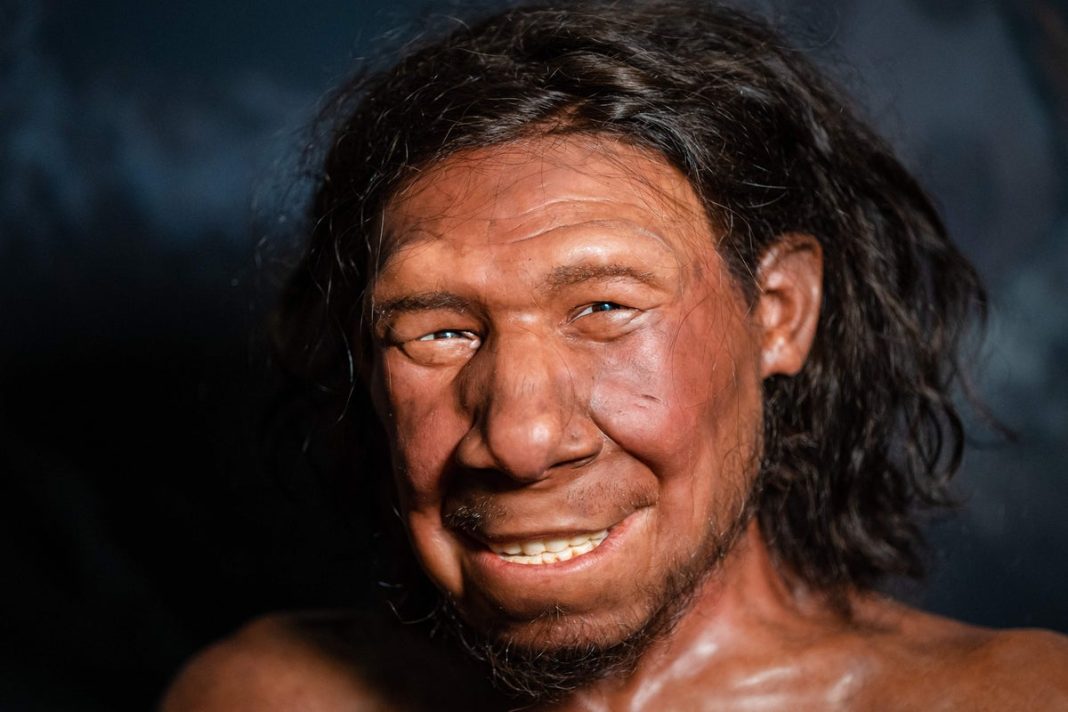Key Takeaways
- Romantic kissing first evolved about 21 million years ago in a common human-ape ancestor
- The behavior persists in most large apes including gorillas, chimpanzees, and humans
- Evidence suggests Neanderthals also engaged in kissing behavior
- Kissing is documented in only 46% of human cultures worldwide
Romantic kissing likely originated in a common ancestor of humans and large apes approximately 21 million years ago, according to groundbreaking research from the University of Oxford. The study represents the first comprehensive evolutionary analysis of this intimate behavior.
The Evolutionary Puzzle of Kissing
While kissing-like behavior has been observed in chimpanzees, gorillas, and even some non-primate species, it presents an evolutionary mystery. The behavior carries disease transmission risks while offering no clear survival or reproductive advantages.
“This is the first time anyone has taken a broad evolutionary lens to examine kissing,” said evolutionary biologist Matilda Brindle from the University of Oxford.
Research Methodology and Findings
Scientists defined kissing as non-aggressive, mouth-to-mouth contact excluding food transfer. They gathered data on modern primate species observed kissing, focusing on African, European, and Asian monkeys and apes.
Researchers mapped the trait onto the primate evolutionary family tree and ran computer simulations to estimate when different ancestors likely engaged in kissing. The analysis pinpointed its emergence around 21.5 million years ago in a large ape species.
Neanderthal Kissing Evidence
The study suggests our Neanderthal cousins also practiced kissing. Oral bacteria studies of early humans and Neanderthals indicate saliva transfer between the two species, strongly hinting at intimate contact.
Cultural vs Evolutionary Origins
“While kissing may seem like an ordinary or universal behaviour, it is only documented in 46 per cent of human cultures,” said study author Catherine Talbot.
“The social norms and context vary widely across societies, raising the question of whether kissing is an evolved behaviour or cultural invention. This is the first step in addressing that question,” Dr Talbot explained.
The research adds to growing understanding of primate sexual behavior diversity and provides new insights into human intimacy evolution.




